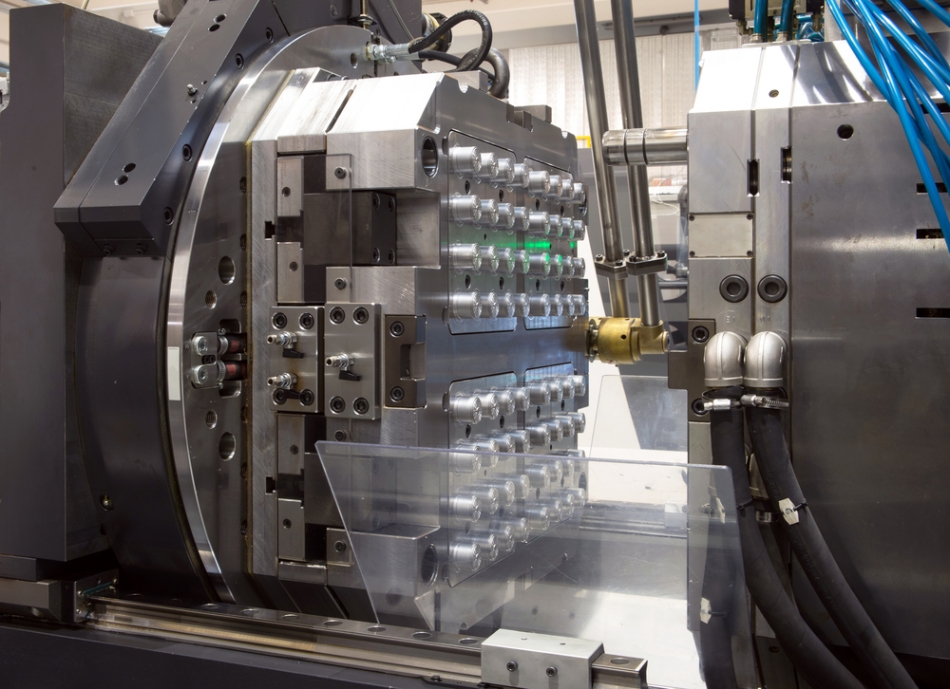Masterbatch, including additives and color concentrates for plastics, is mixed with base resin materials: it is a plastic mixture that needs to undergo injection molding to produce plastic products according to molds. Today, injection molding technology is commonly used in plastic and masterbatch industries, aiming to produce finished products in precise shapes as requested that will serve for manufacturing packaging, automotive parts, machine parts and components, etc.
1. Plastic injection molding process after mixing the additives masterbatch with primary plastics
In general, plastic injection molding, consisting of a mixture of additives masterbatch and base resin, is the process of spraying the molten plastic mixture into the mold and forming the product. Finished products will achieve perfect colors and excellent surface smoothness.
2. The first phase is mixing additives masterbatch with plastic to create raw materials for injection molding process
Filler masterbatch, additives, color concentrates for plastics and primary plastic are ingredients of the masterbatch mixtures, which are mixed with a certain ratio (different for different products) before being put into the injection molding process. Each product requires a special and unique formula of compositions.
Plastic resins are usually thermoplastic, thermosetting, elastomeric or hard plastics. Depending on the product requirements, manufacturers will consider to choose the proper type of plastic with appropriate criteria, based on the physical properties of hardness, elasticity, heat resistance, bending ability, etc. and price of raw materials.
Plastic additives are also calculated carefully before mixed with plastic masterbatch compound to add new features that plastic does not have, for example, waterproofing, UV protection, enhanced durability, plasticity, etc.
3. The process of plastic and masterbatch injection molding
Beside of plastic, other materials such as metal or glass can also be extruded. This technique is also called pressure casting. However the most common application of injection molding is still plastic manufacturing, especially the thermoplastic and thermosetting plastics.
The mixture of input masterbatch, including additives, colorants and base plastic (which can be scraps or primary resin) will be heated until molten and then poured into hopper the mold before undergoing injection molding process. The output part of the funnel is a torsion screw system (located along the cylinder surrounded by a heating system for heating plastic during the process) that is used to mix materials and push materials forward with huge pressure to liquefy the ingredients. The mixture of molten plastic is pushed into the mold through a syringe system.

Molds are made of metal and processed according to the customer's requirements. Different molds will produce different products. Depending on the products, the corresponding molds will be mounted on pressing frame when manufactured and taken off when the process is done. After filling the mold, liquid plastic is hardened by the cooling system to easily separate from the mold. Half of the mold will slowly split a certain space big enough to take the product out and then close it back to continue the new cycle of plastic production, staring with melting the masterbatch.
During the injection molding process, if a problem occurs, the staff will handle it by checking the faulty parts, finding the defects of the surface and settling in the mold design or the injection process itself. In order to avoid malfunction, tests are usually carried out prior to mass production to anticipate problems and adjust the appropriate specifications for the spraying process.
4. The masterbatch mixture after injection molding will be surface treated and stored
The masterbatch mixture, including primary plastic, color concentrates for plastics, after undergoing injection molding and cutting off excessive parts, the final product will be checked again to make sure it satisfy the standards and uniform in quality. Workers will review the entire product in terms of shape, weight, color, surface, etc.

The finished product will be transferred to the surface treatment process or also called post-treatment step. Staffs will use mechanical and chemical effects to improve the exterior surface, reduce roughness or plastic stripes and increase glossiness of the product.
Finished products will be imported into the warehouse, packed and stored at the appropriate temperature.
To learn more about EuroPlas and our range of additives, please contact us. Our team is always ready to answer any questions you may have and help you find the best solution for your needs. So why wait? Take the first step toward a more sustainable future today by choosing EuroPlas as your plastic supplier.